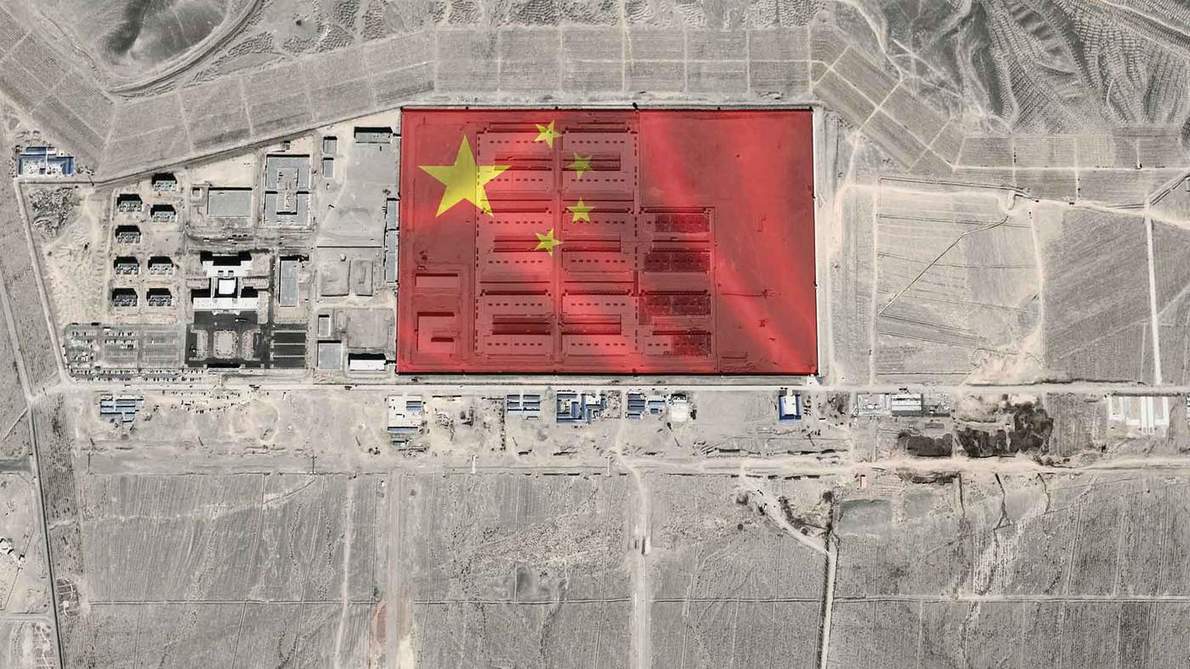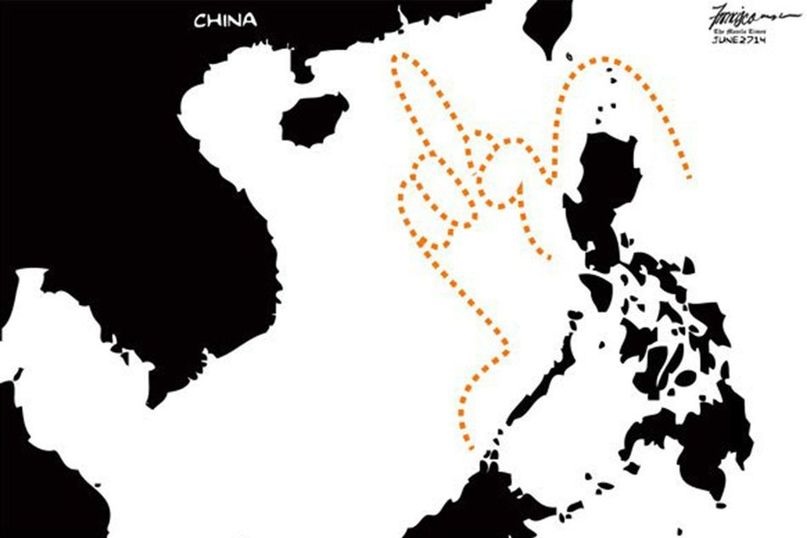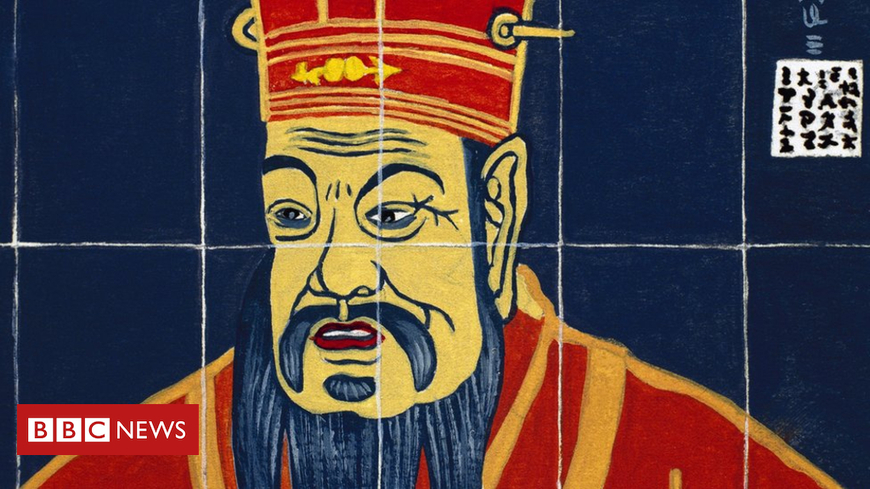For the first time in six decades, China’s population is shrinking, and it’s predicted it could create a demographic crisis. That’s because China isn’t just shrinking, it’s also aging. And the majority of Chinese couples are not considering having more than one child. Because of this, China is predicted to lose nearly 50 percent of its population by 2100. China’s population decline can be traced back to the restrictive family-planning policies launched in the 1970s and an impressive economic boom fueled by China’s huge labor force. China’s modernization brought rapid urbanization, rising income levels, and better education to large parts of China. Combined, these policies and growth have given China one of the lowest birth rates in the world. Today, China is trying to reverse its population decline. Not just because an aging population is hard to sustain economically, but because China’s impressive economic growth, until now, has relied on its people. As China’s population challenges deepen over time, it might have to rethink how to grow its economy and care for its citizens. SOURCE: VOX
China’s population is officially declining now (at least, last year the population dropped and indications are that 2022 is likely to be the first of many). Given that China’s population is 1.4 billion, there will be many ramifications to their population trends and it is worth understanding their demographic past that brings us to the current situation.







